If you’re a car enthusiast, you know that some models, despite their rarity and unique features, tend to slip under the radar. These hidden gems often carry a rich history and distinctive design that sets them apart from the mainstream. Here’s a look at 10 rare car models that deserve a spot in the limelight.
Tucker 48
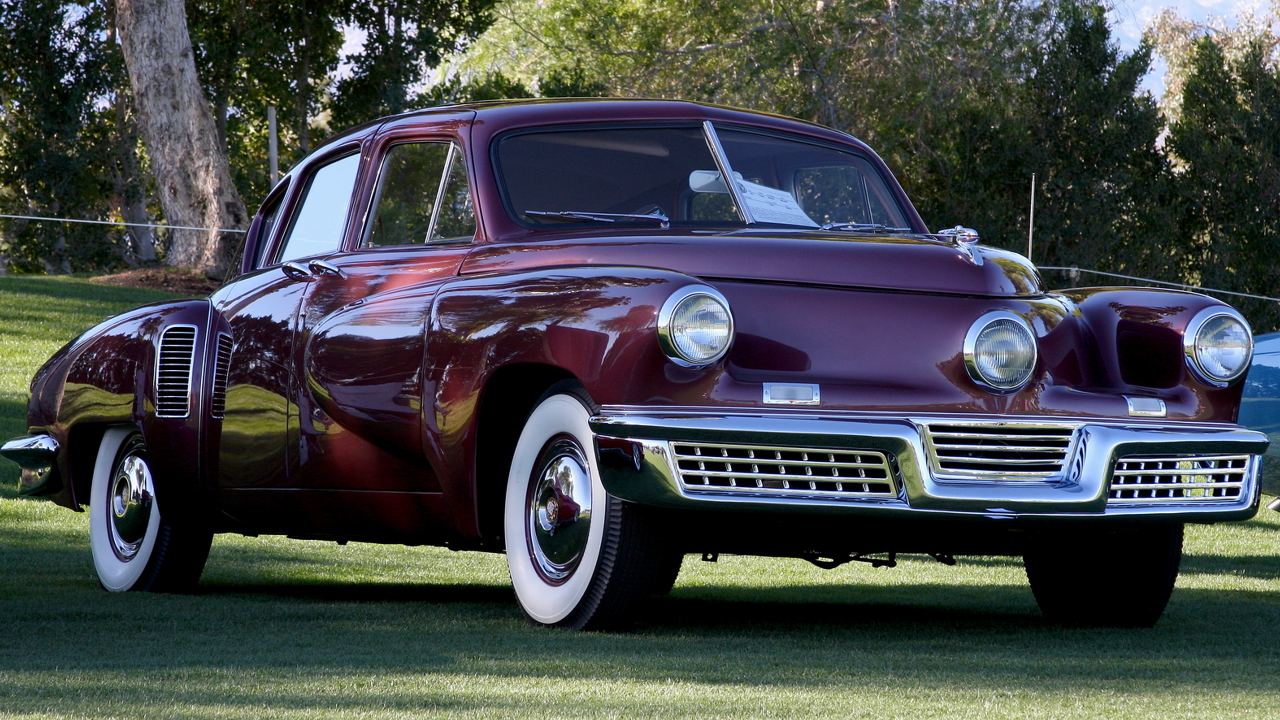
The Tucker 48, also known as the “Tucker Torpedo,” was a visionary creation by Preston Tucker in the late 1940s. Only 51 of these innovative vehicles were produced, making them incredibly rare today. The Tucker 48 was equipped with features that were ahead of its time, including a rear-mounted engine, a directional third headlight, and a reinforced safety cage.
Despite its pioneering design, the Tucker 48 faced many challenges, including financial difficulties and regulatory hurdles, which ultimately led to the company’s downfall. Today, the Tucker 48 is a collector’s dream, with surviving models fetching high prices at auctions. Its legacy lives on as a symbol of innovation and ambition in the automotive industry.
Iso Grifo
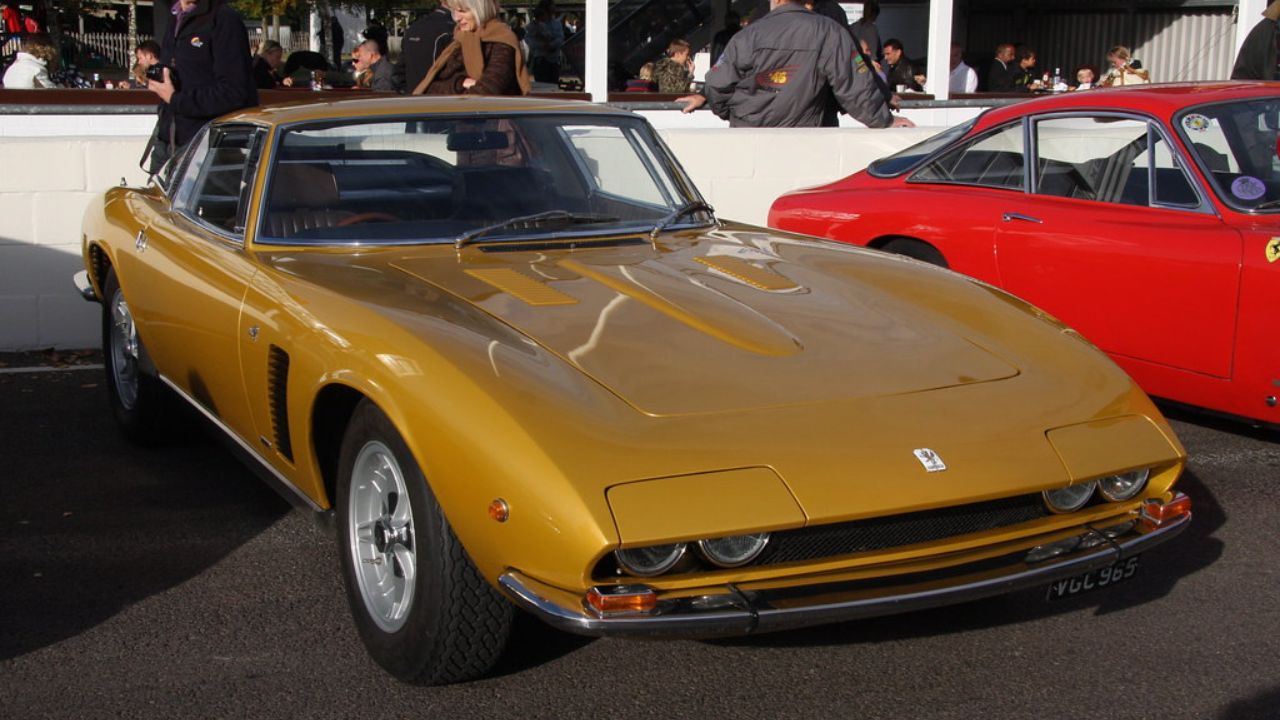
The Iso Grifo was a luxury sports car produced by the Italian manufacturer Iso Autoveicoli S.p.A. between 1965 and 1974. Known for its sleek design and powerful American V8 engines, the Grifo combined Italian styling with American muscle, offering an attractive package for car enthusiasts.
Despite its performance and aesthetic appeal, the Iso Grifo remained relatively unknown due to its limited production numbers and the company’s focus on other models like the Iso Rivolta. Today, the Iso Grifo is celebrated among collectors for its unique blend of style and power, with well-preserved examples being highly sought after.
Monteverdi Hai 450 SS
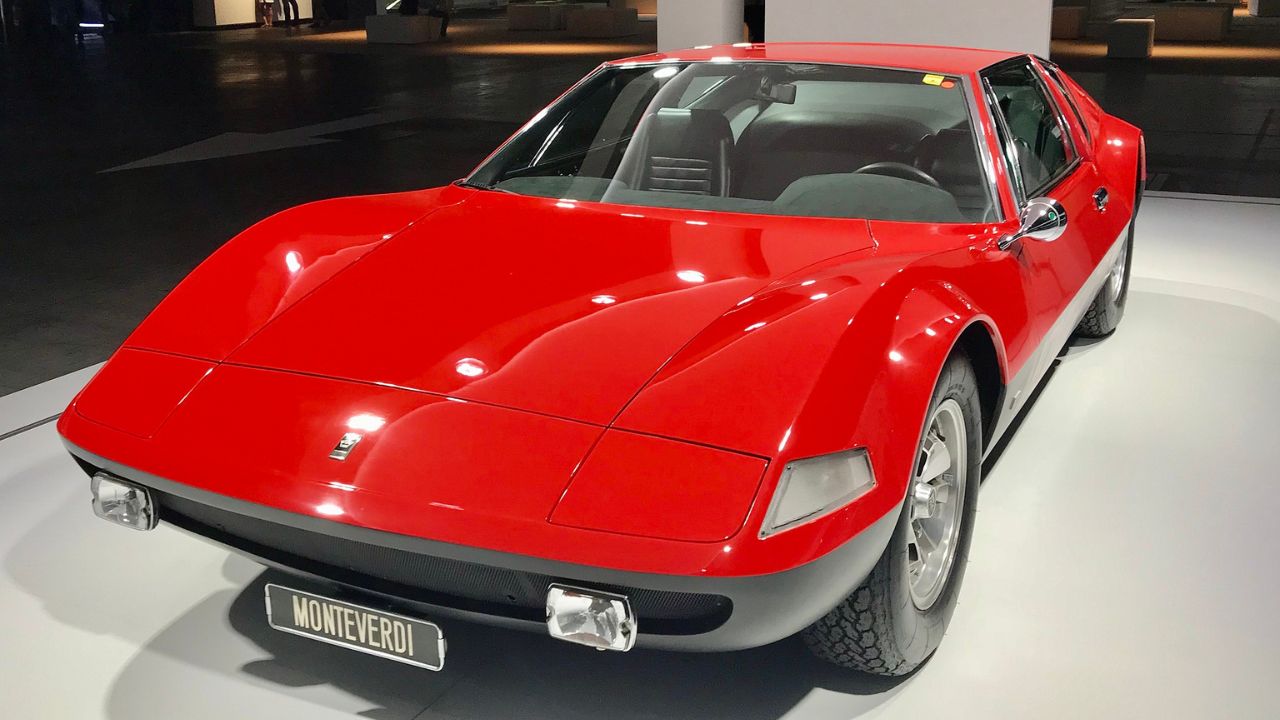
Introduced in 1970, the Monteverdi Hai 450 SS was a Swiss-made sports car that exuded exclusivity and performance. Powered by a 7.0-liter Chrysler Hemi V8 engine, it was capable of reaching speeds of up to 170 mph, making it one of the fastest cars of its time.
Unfortunately, the Hai 450 SS suffered from production challenges, resulting in only two prototypes and two additional units being built. Its rarity and impressive performance have cemented its status as a collector’s item, often drawing attention at classic car shows and auctions.
Bristol Fighter
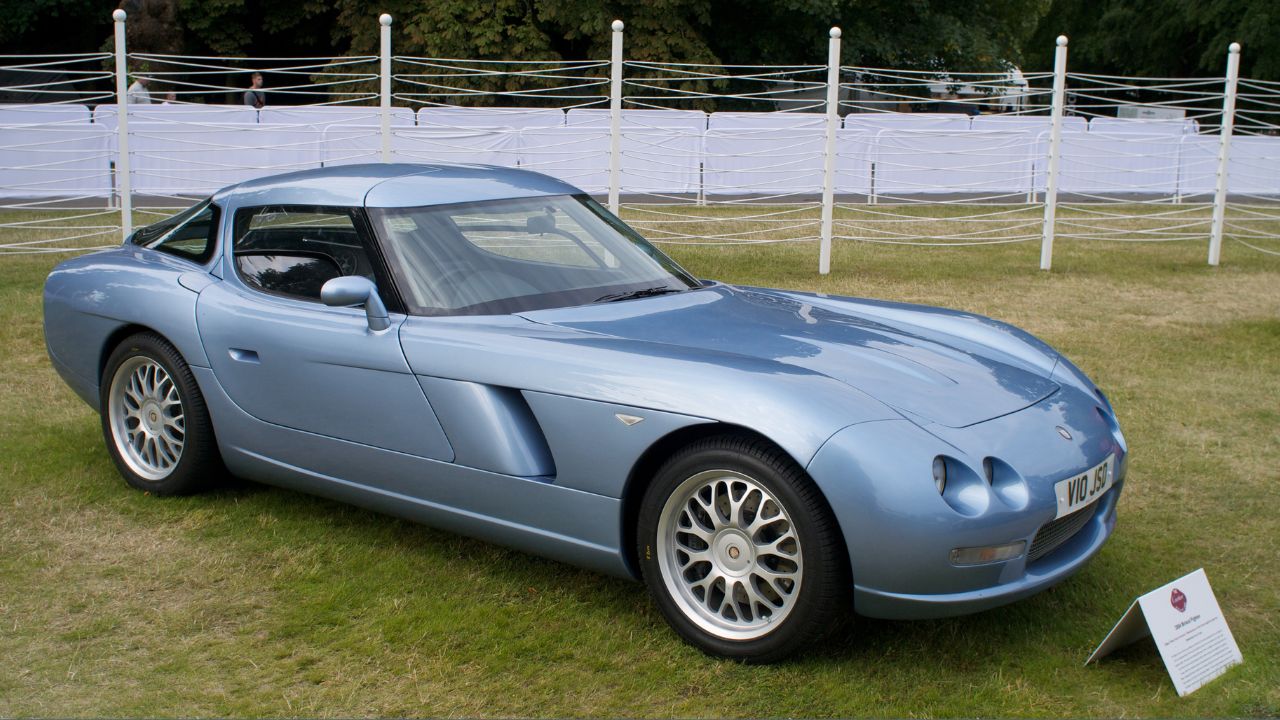
The Bristol Fighter, introduced in 2004, was a British sports car that combined luxury with high performance. With its 8.0-liter V10 engine, the Fighter was capable of producing over 525 horsepower, challenging other supercars of its era.
Despite its capabilities, the Fighter flew under the radar due to Bristol Cars’ limited production numbers and exclusive clientele. Only 13 units were produced, making it a rare sight on the road. Car enthusiasts appreciate the Fighter for its distinctive design and engineering prowess, often likening it to a hidden treasure in the automotive world.
Marcos GT
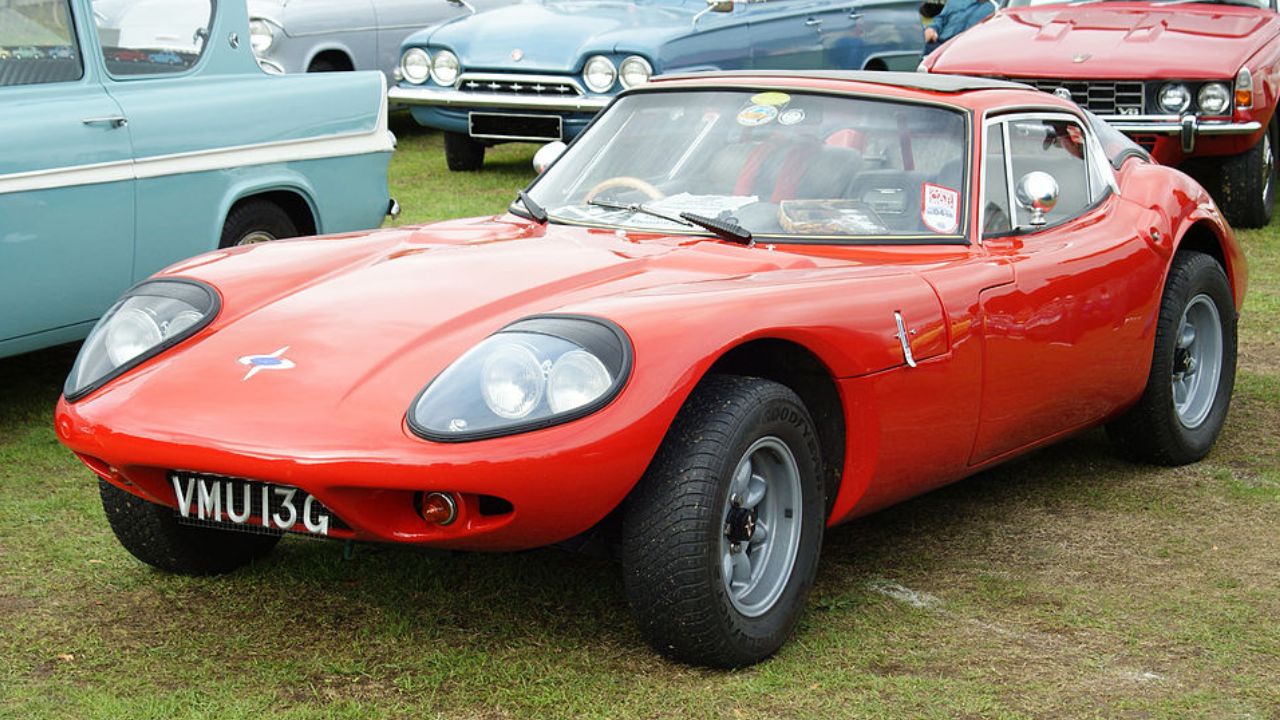
The Marcos GT was a British sports car produced by Marcos Engineering from the 1960s until the early 2000s. Known for its lightweight construction and distinctive styling, the GT offered impressive performance and handling, thanks to its fiberglass body and strong chassis.
While the Marcos GT found success in motorsports, it remained relatively obscure in the commercial market. The company’s financial struggles and niche appeal kept production numbers low, making the GT a rare and coveted model among collectors today.
Jensen FF
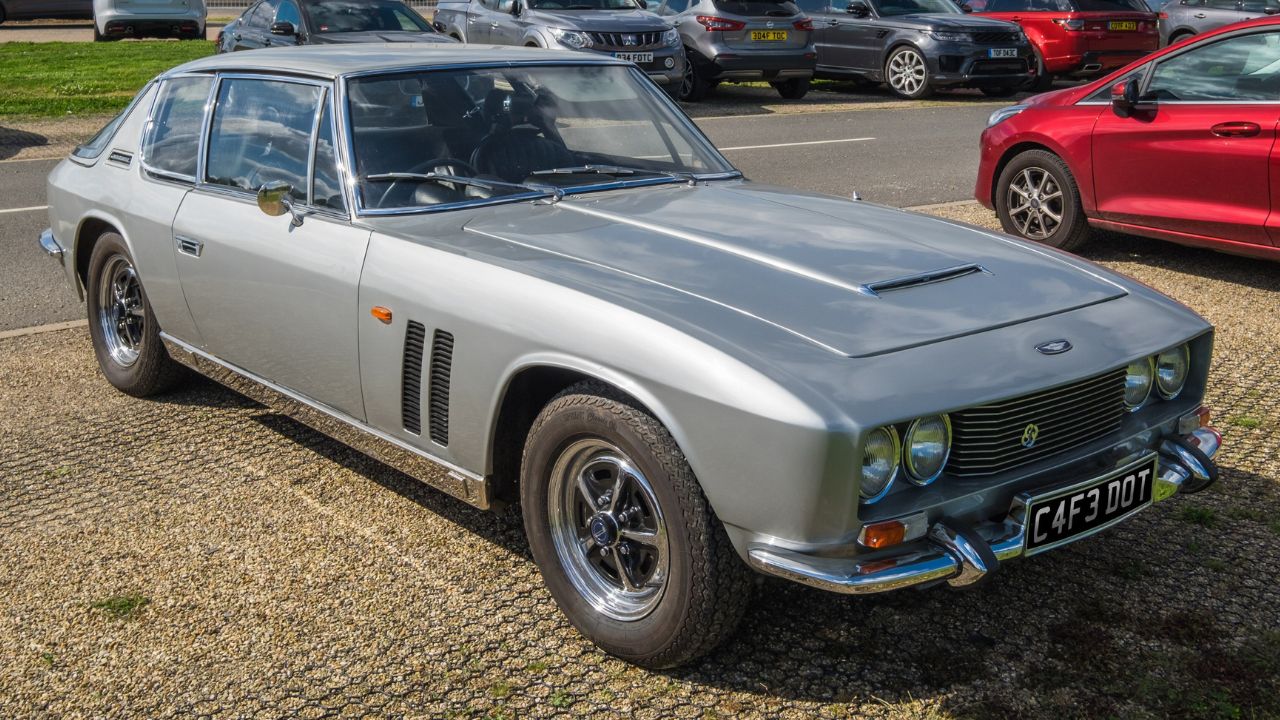
The Jensen FF, produced between 1966 and 1971, was a groundbreaking British sports car known for its advanced all-wheel-drive system and anti-lock brakes—both firsts for a production car. The FF’s technical innovations set it apart from other models of the era, offering enhanced safety and performance.
Despite its technological prowess, the Jensen FF was overshadowed by its sibling, the Jensen Interceptor, due to its higher cost and limited production run of only 320 units. Today, the FF is appreciated for its pioneering features and classic design, making it a prized possession for collectors.
TVR Sagaris
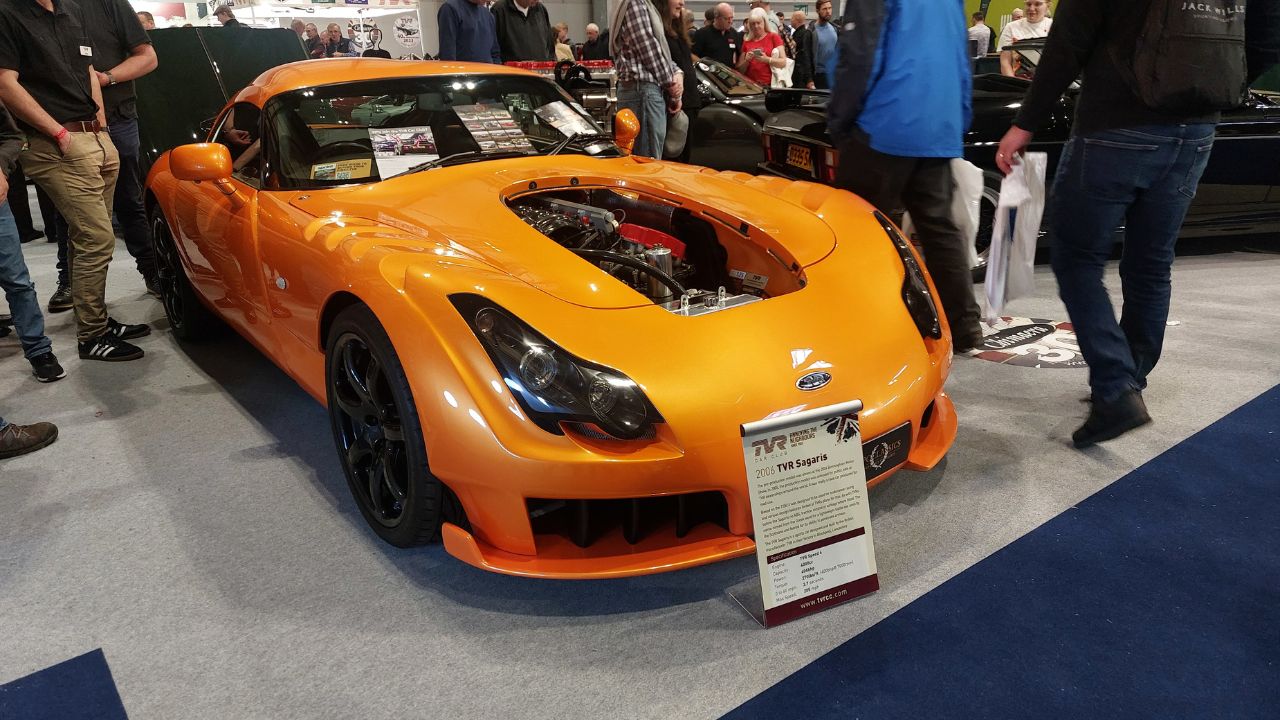
The TVR Sagaris, introduced in 2005, was a British sports car known for its aggressive design and raw performance. Powered by a 4.0-liter inline-six engine, the Sagaris was capable of producing 406 horsepower, making it a formidable presence on the road.
Despite its striking appearance and performance capabilities, the Sagaris remained relatively unknown outside of enthusiast circles. Its limited production numbers and TVR’s niche market focus contributed to its rarity. Collectors value the Sagaris for its unique styling and exhilarating driving experience.
De Tomaso Mangusta
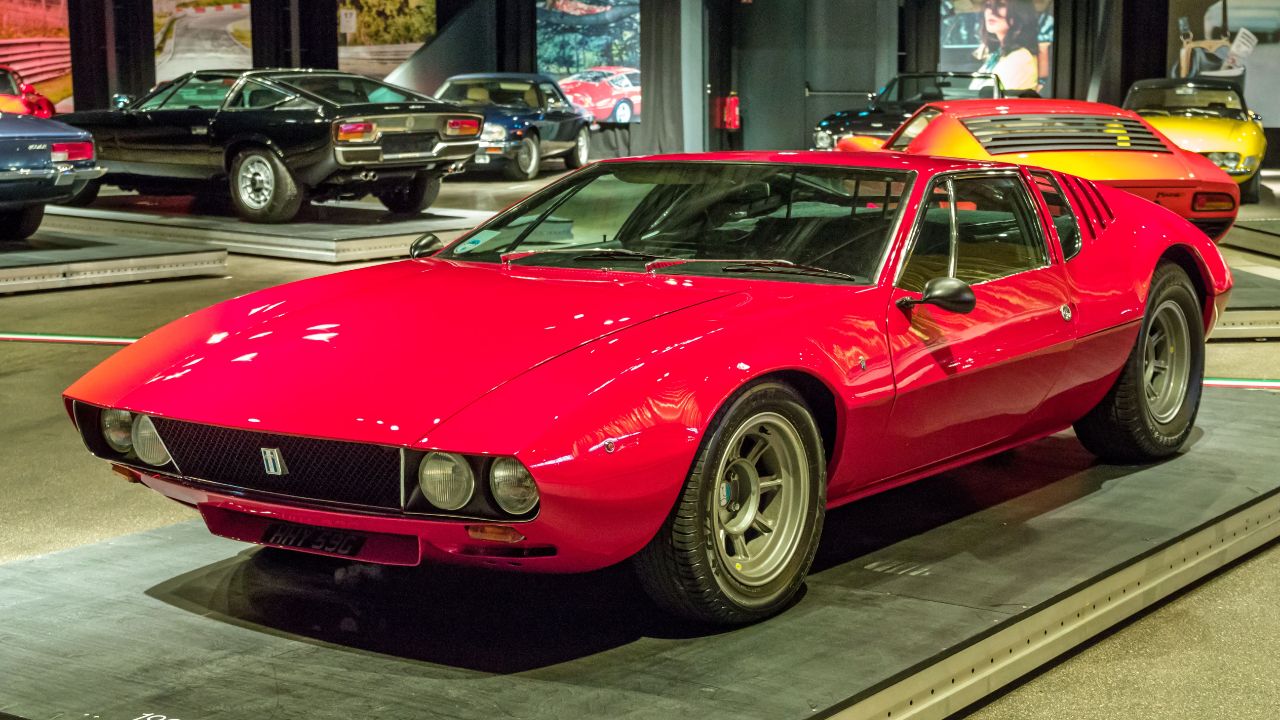
The De Tomaso Mangusta, produced between 1967 and 1971, was an Italian sports car that combined bold design with powerful performance. With its mid-engine layout and a Ford V8 engine, the Mangusta offered a thrilling driving experience and eye-catching aesthetics.
Despite its appeal, the Mangusta faced competition from more well-known models like the Lamborghini Miura, leading to a limited production run of 401 units. Today, the Mangusta is celebrated for its distinctive design and rarity, often fetching high prices at auctions and capturing the attention of car enthusiasts.
Saab Sonett III
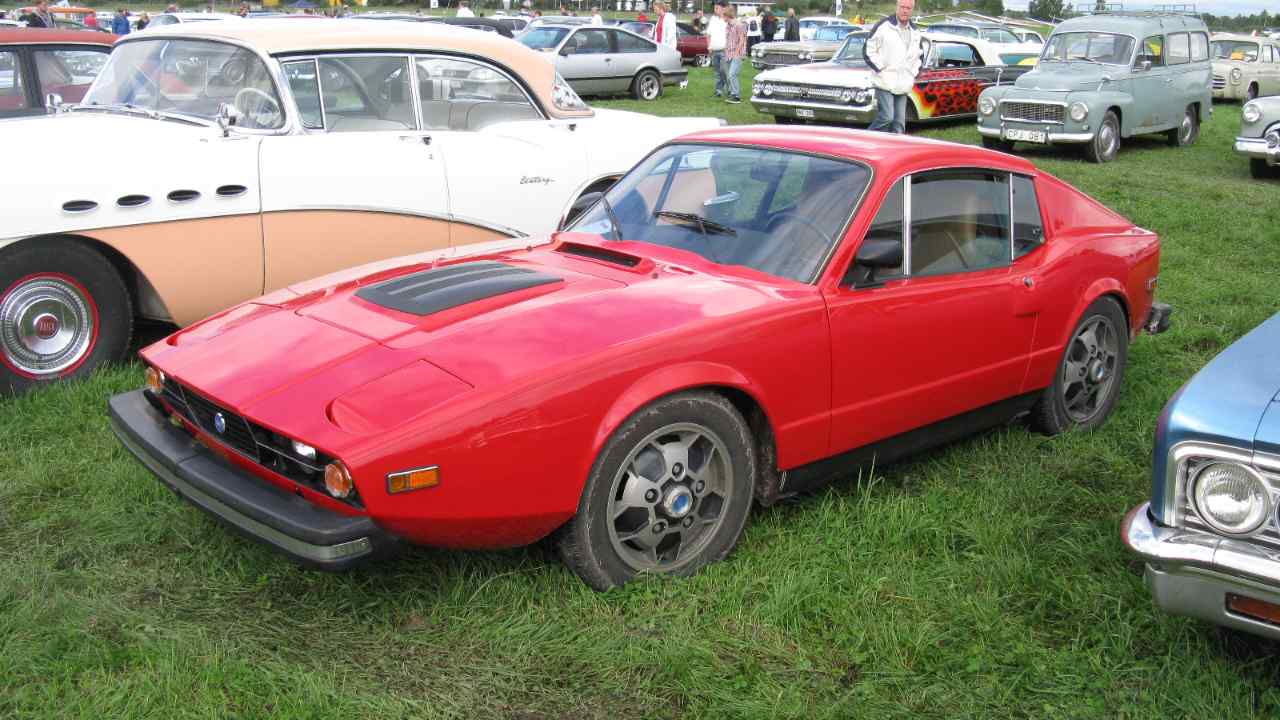
The Saab Sonett III, produced from 1970 to 1974, was a Swedish sports car that offered a unique combination of style and practicality. With its fiberglass body and compact design, the Sonett III was a lightweight and agile vehicle.
Despite its innovative features and affordability, the Sonett III struggled to gain traction in the competitive sports car market. Its limited production numbers and Saab’s focus on other models contributed to its obscurity. Today, the Sonett III is appreciated by collectors for its distinctive design and Scandinavian charm.
Maserati Mexico
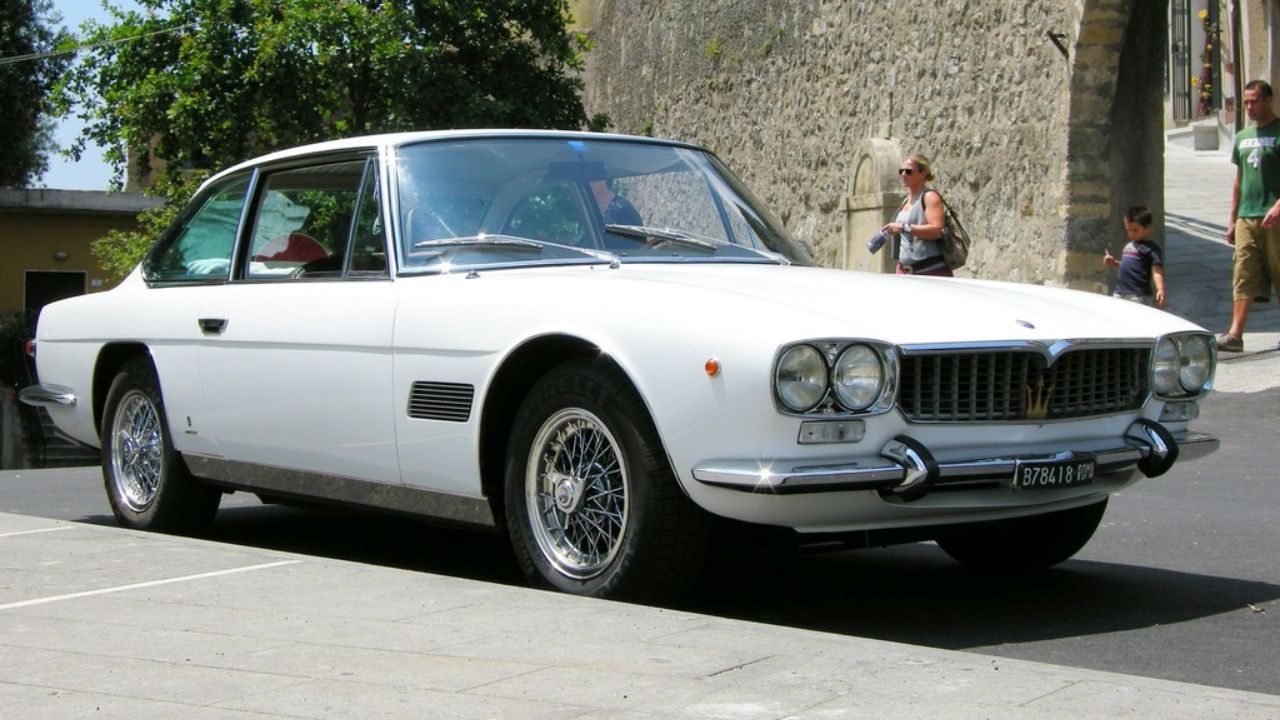
The Maserati Mexico, introduced in 1966, was a luxury grand tourer that combined Italian elegance with powerful performance. With its V8 engine and refined styling, the Mexico offered a sophisticated driving experience for its time.
Despite its appeal, the Mexico was overshadowed by other Maserati models and limited to a production run of approximately 485 units. Today, it remains a rare find, cherished by collectors for its classic design and luxurious features, often seen as a testament to Maserati’s rich automotive heritage.
Like Fast Lane Only’s content? Be sure to follow us.
Here’s more from us:
*Created with AI assistance and editor review.

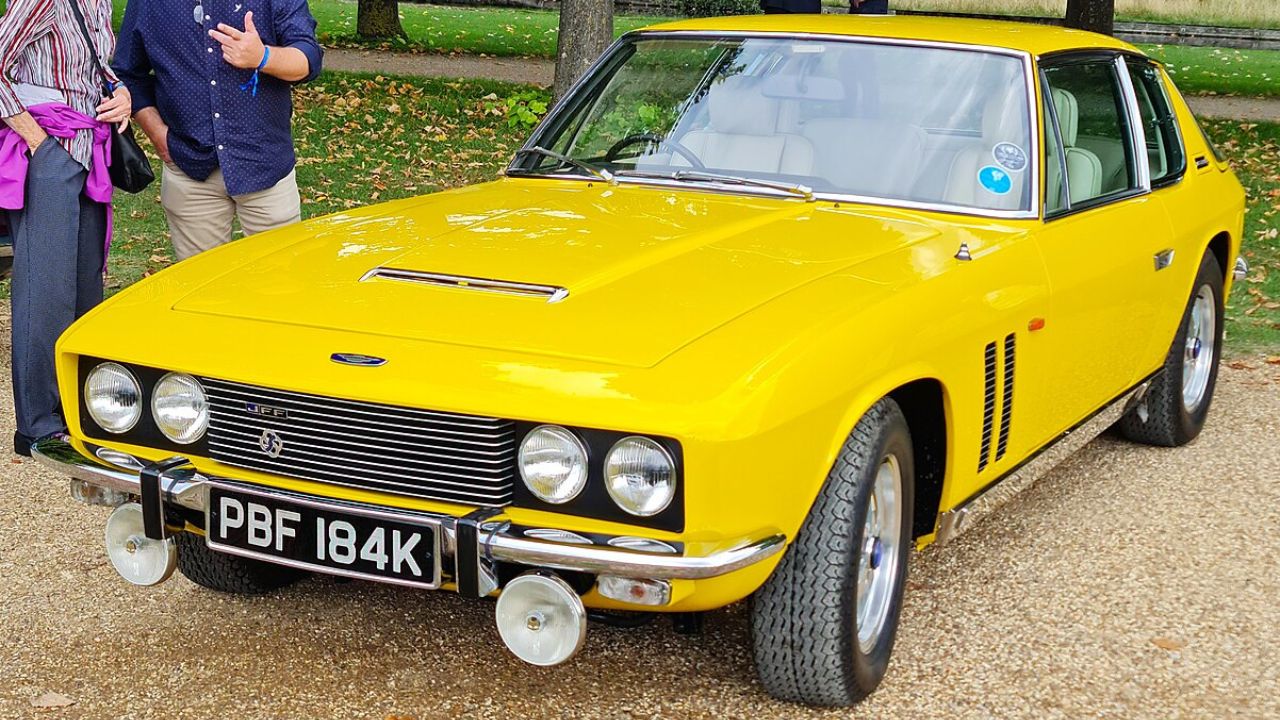
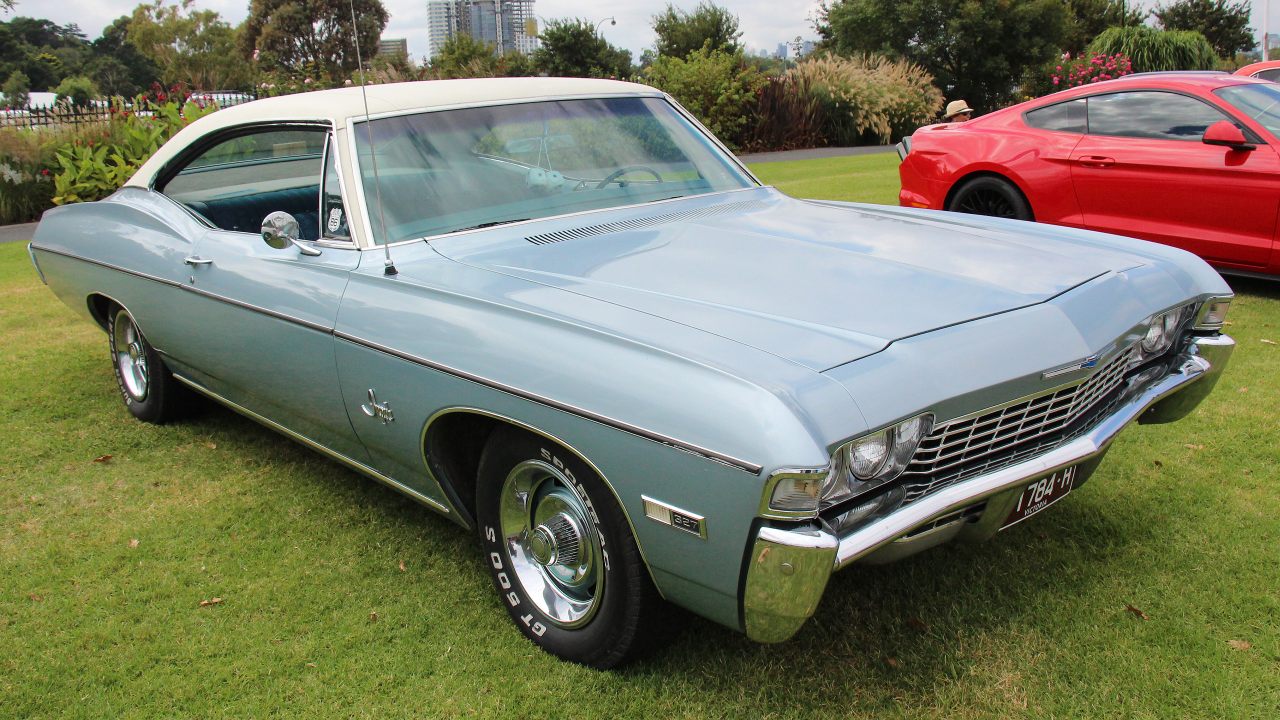
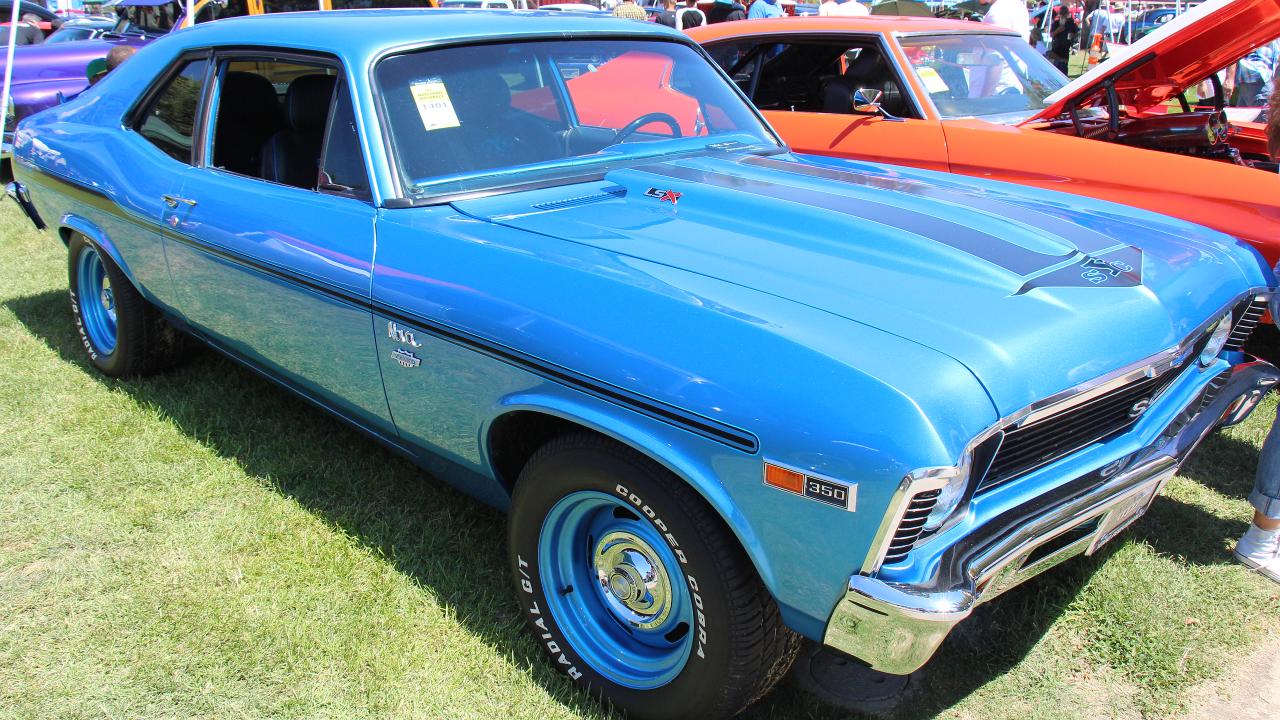
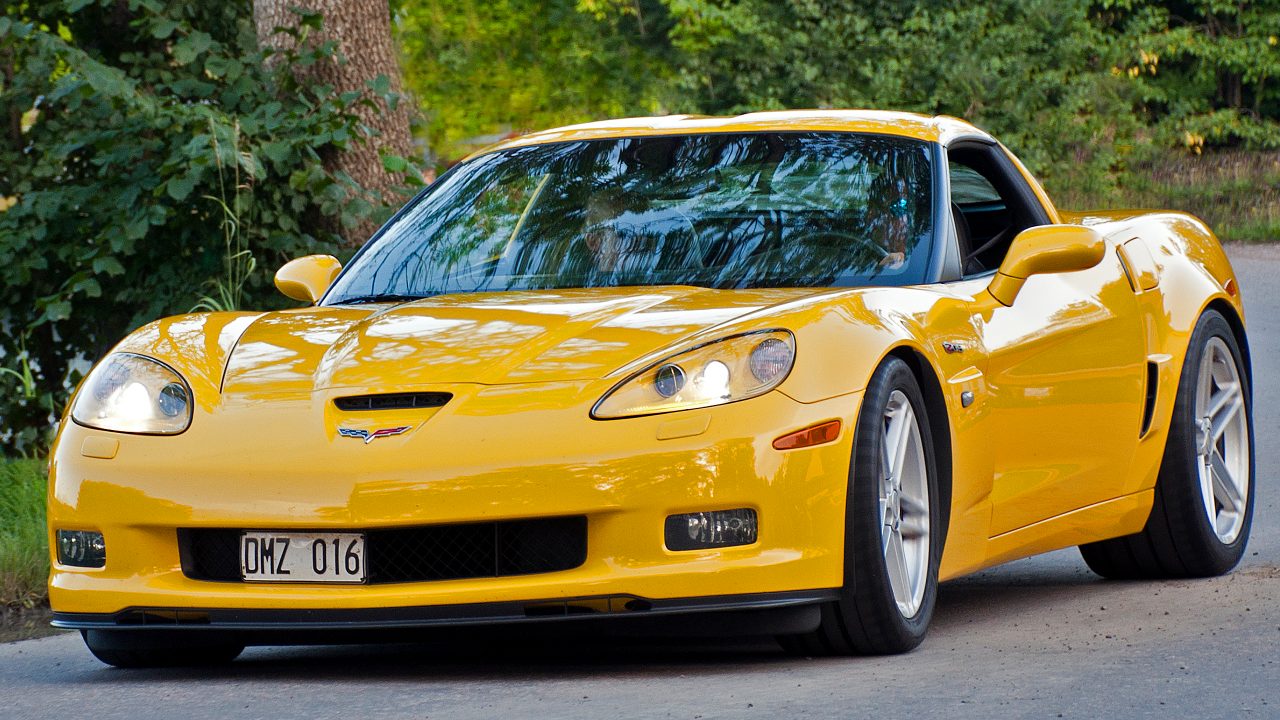


Leave a Reply